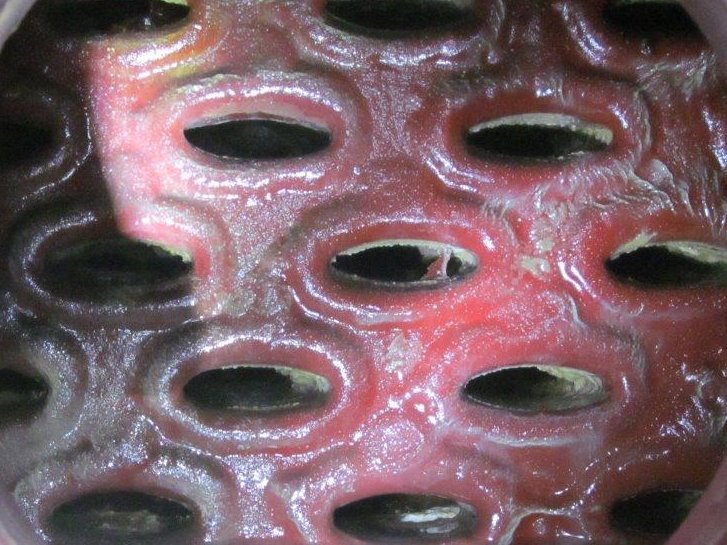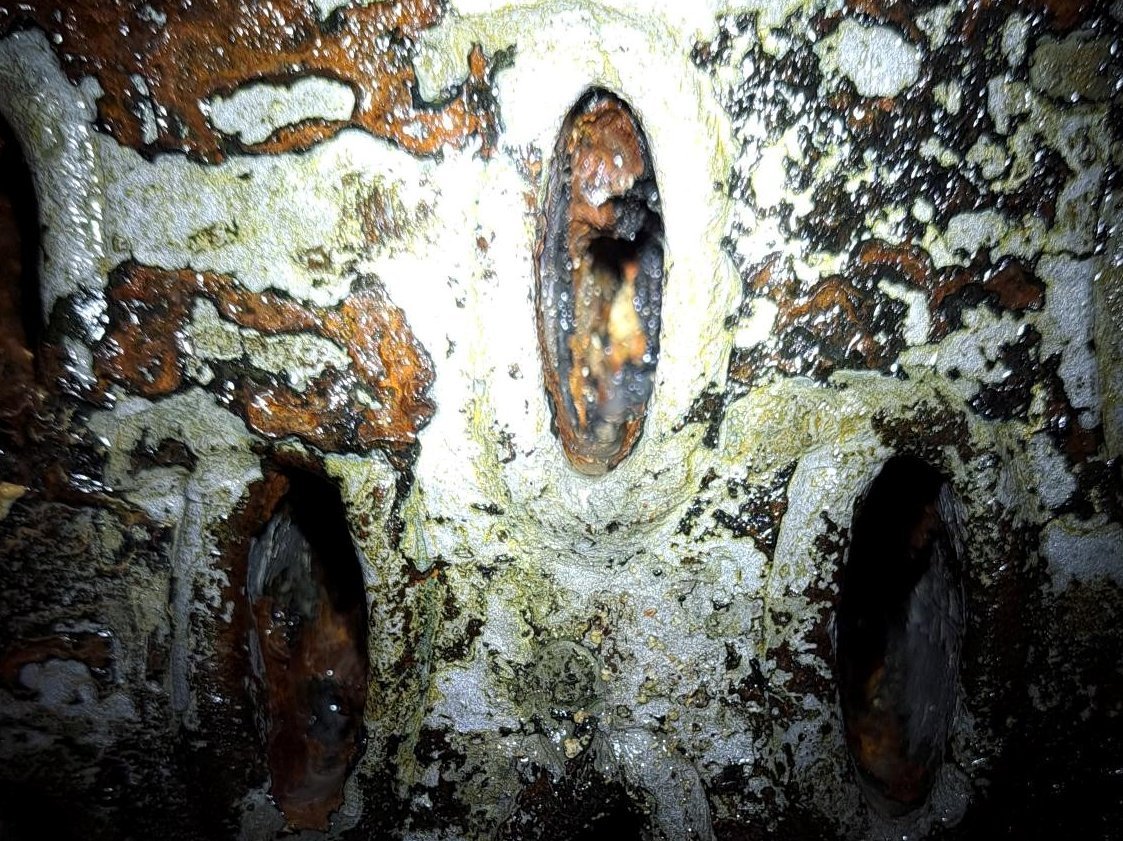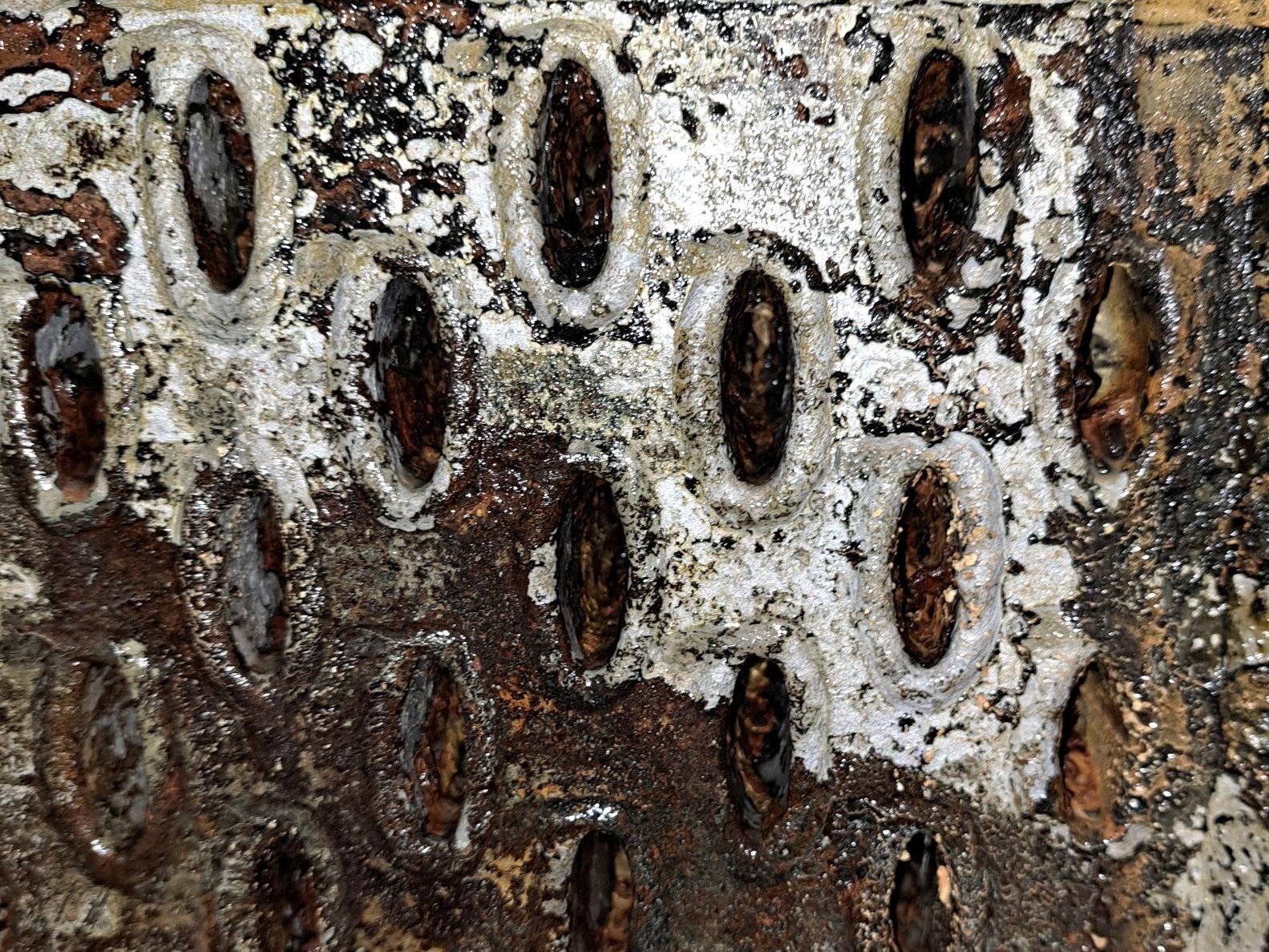Heat exchangers: an epoxy-phenolic lining that has stood the test of time
SÄKAPHEN Si 57 E / Si 57 EG
What are the benefits of coating a shell-and-tube heat exchanger? Let’s find out by looking at two units lined with a SÄKAPHEN heat-cured epoxy phenolic lining… 38 years ago!
A blast from the past: 38 years of honorable service
Sometimes, it can happen that a piece of equipment has been working so wellfor so long that everyone almost forgets its original construction details and requirements—it’s when you need to change or replace it that you need to walk down memory lane.
That is what occurred to a German thermal solutions expert company, a manufacturer of coolers, condensers, economizers and heat transfer systems, when it was required to build a new shell-and-tube heat exchanger similar to two heat exchangers manufactured in the past and still in use, whose internal lining had never presented a single issue. When taking a look at these two plants, they realized that they’d been lined with a SÄKAPHEN heat-cured epoxy phenolic productback in 1986: that’s 38 years of honorable service!
Of course, they had no doubts: the new heat exchanger also had to be treated with a SÄKAPHEN coating. They got in touch with us, pointing out a few key design characteristics:
- pipes’ wall thickness of 1.8 or 2.5 mm
- broken edges with a radius of 2 mm
- medium in contact with the tubes: cooling water with chlorides
- material: coated carbon steel (a variant in uncoated stainless steel was also being considered, but carbon steel was considered the best option for thermal design reasons).
They also pointed out that a replacement system installed in 2019 hadn’t been lined, and it was already heavily corroded—unsurprisingly.
The present: SÄKAPHEN’s standard linings and coatings for heat exchangers
Today, SÄKAPHEN’s standard choices to coat traditional shell-and-tube heat exchangers are its epoxy-phenolic products Si 57 Eand Si 57 EG. They’re both high-quality hydrophobic, single-component, epoxy-phenolic based, thermosetting, heat-cured linings forming a hard elastic film that, once polymerized, is fully machinable with a formaldehyde concentration level of less than 0.1%. They’re also chemically resistant to all types of cooling water, including brackish, river, seawater and deionized water.
SÄKAPHEN Si 57 E also has exceptional hydrophobic properties, whereas SÄKAPHEN Si 57 EG is particularly resistant to water vapor diffusion (≤ ΔT 85°C) and temperature fluctuations.
Future-proofing heat exchangers with SÄKAPHEN’s linings and coatings
When it comes to heat exchangers, condensers and coolers in the most diverse range of environments, such as power plants, chemical processing or petrochemical systems, refineries, natural gas processing plants and others, applying our proven range oflinings (internal) and coatings (external) brings several advantages, be they baked phenolic/epoxy-phenolic or cold-cured epoxy products:
- Preventing corrosion caused by conditioned and unconditioned cooling water
- Reducing fouling and incrustation thanks to their smooth surfaces (roughness of 1 to 2 microns)
- Guaranteeing a lower fouling factor when designing new heat exchangers, condensers or coolers
- Reducing pressure drops
- Improving flow speed
- Lowering energy consumption
- Extending the plant’s service life
- Decreasing capital costs by allowing using simple carbon steel
- Preventing galvanic corrosion where differing metals are used, e.g. for tubes and tube sheets
- Enabling to also coat inlet and outlet waterboxes, channel covers and floating heads separately from the bundle.
Get in touch to enquire about the ideal solutions for your equipment!




